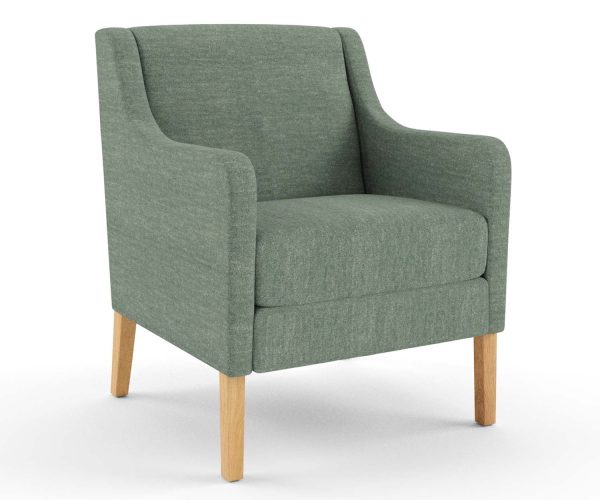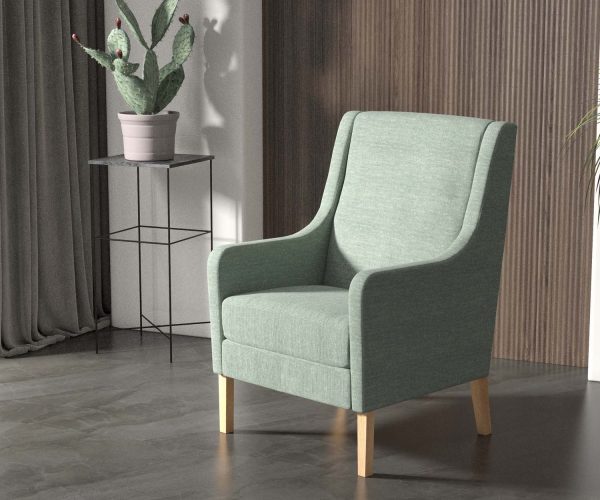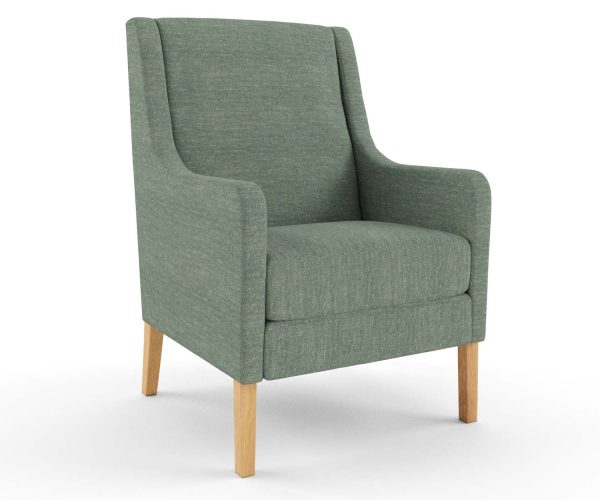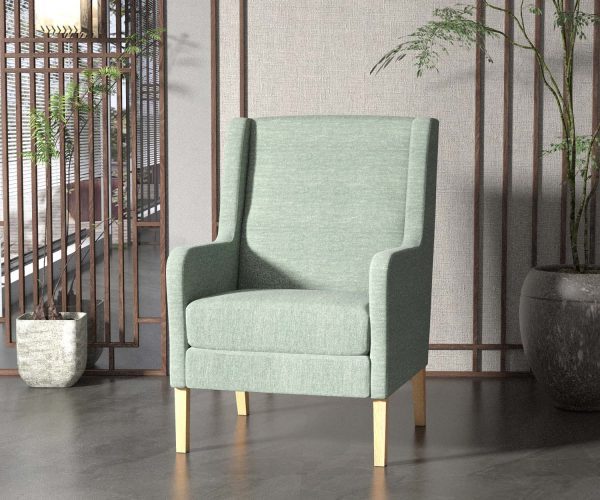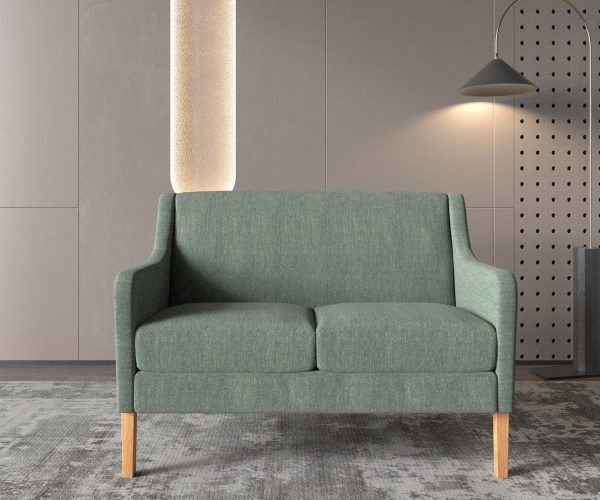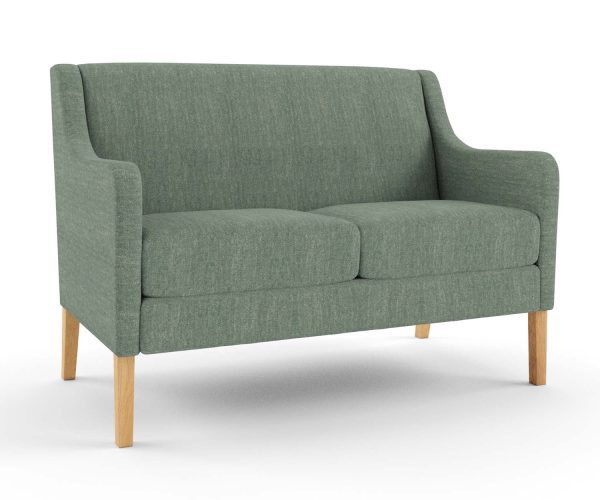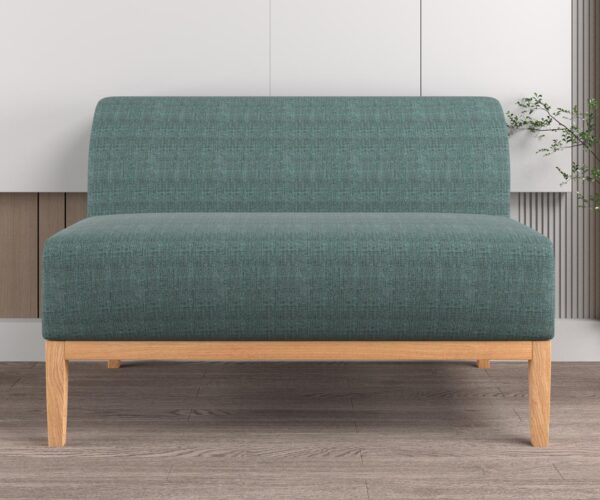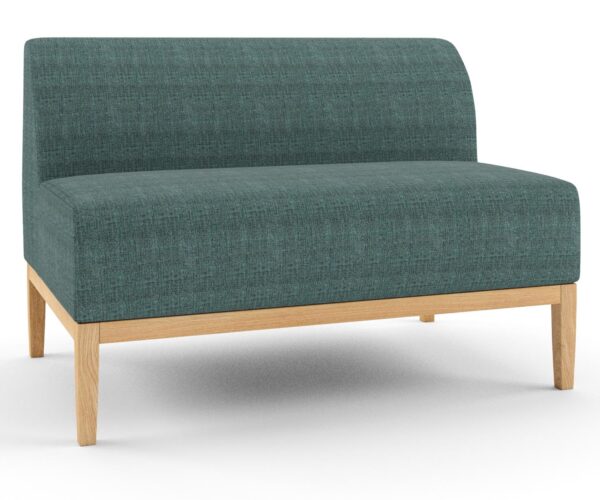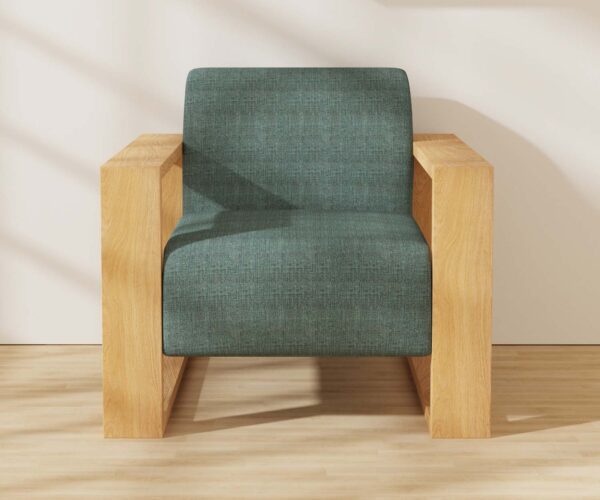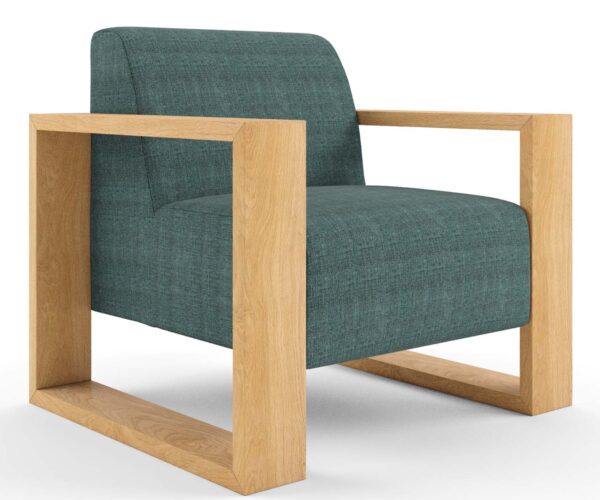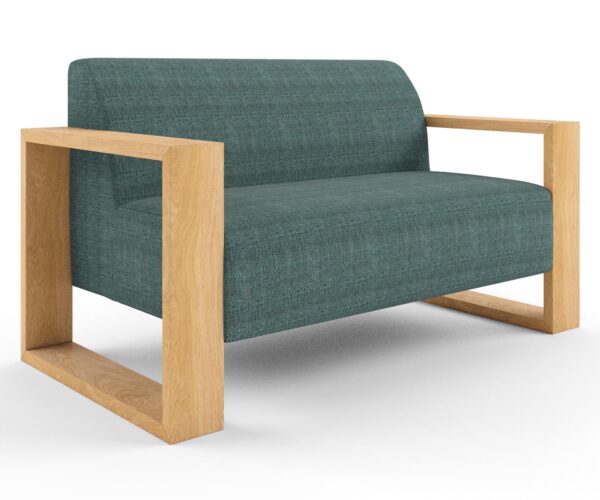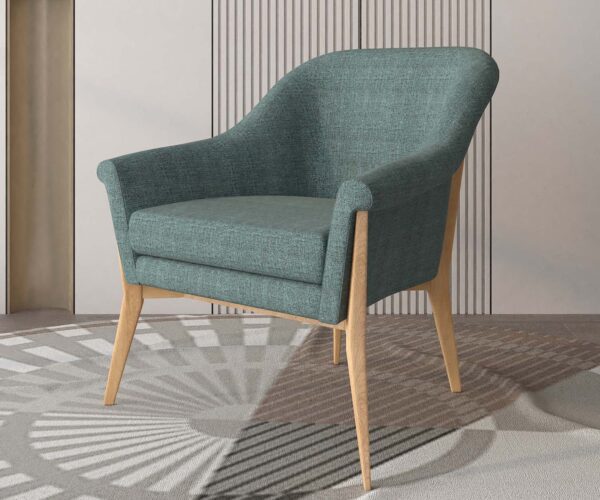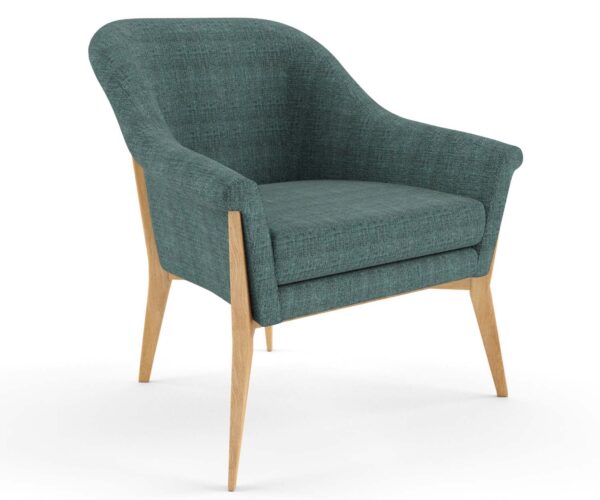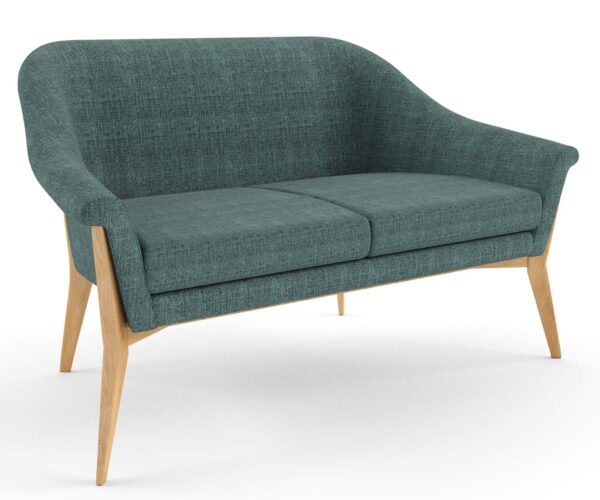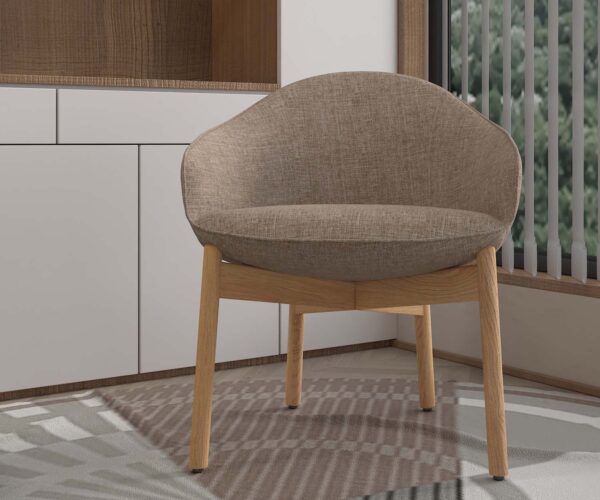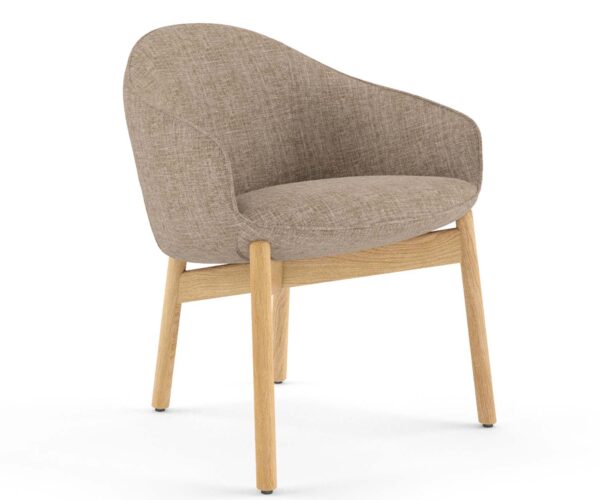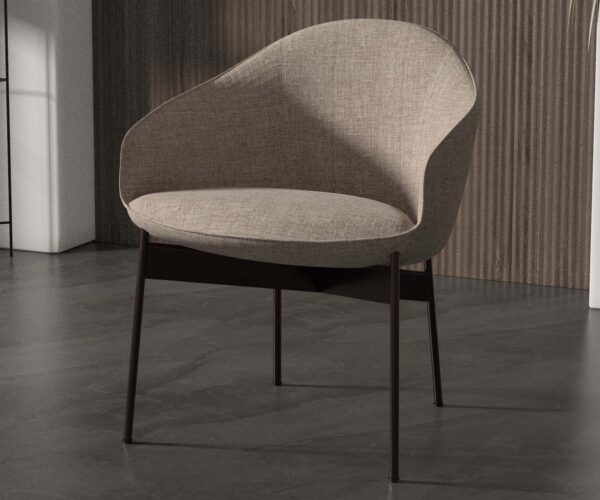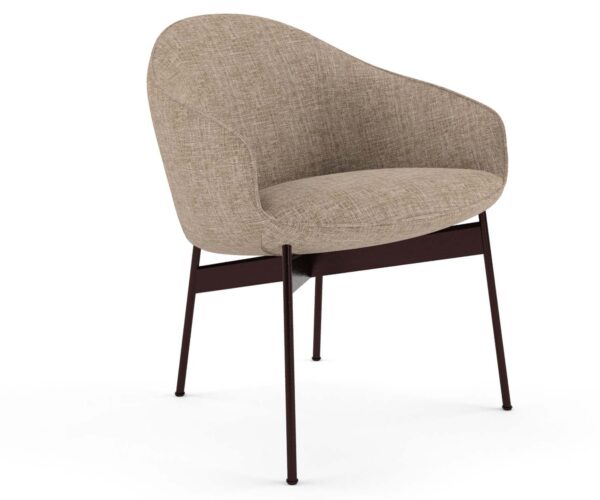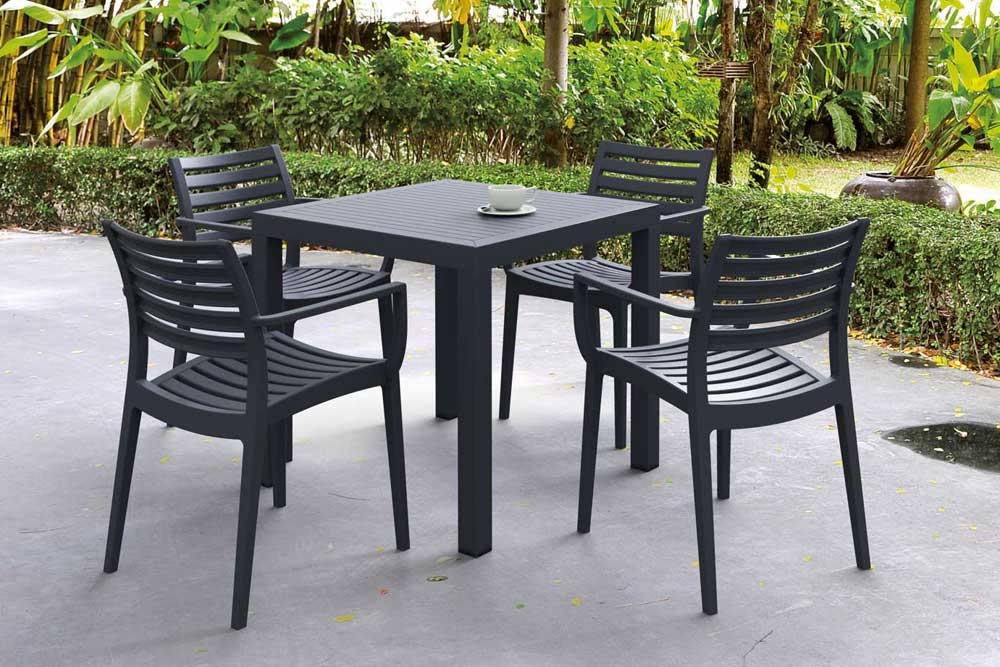10 Secrets of High-Performance Upholstery Fabrics Transforming Australian Aged Care Service Environments
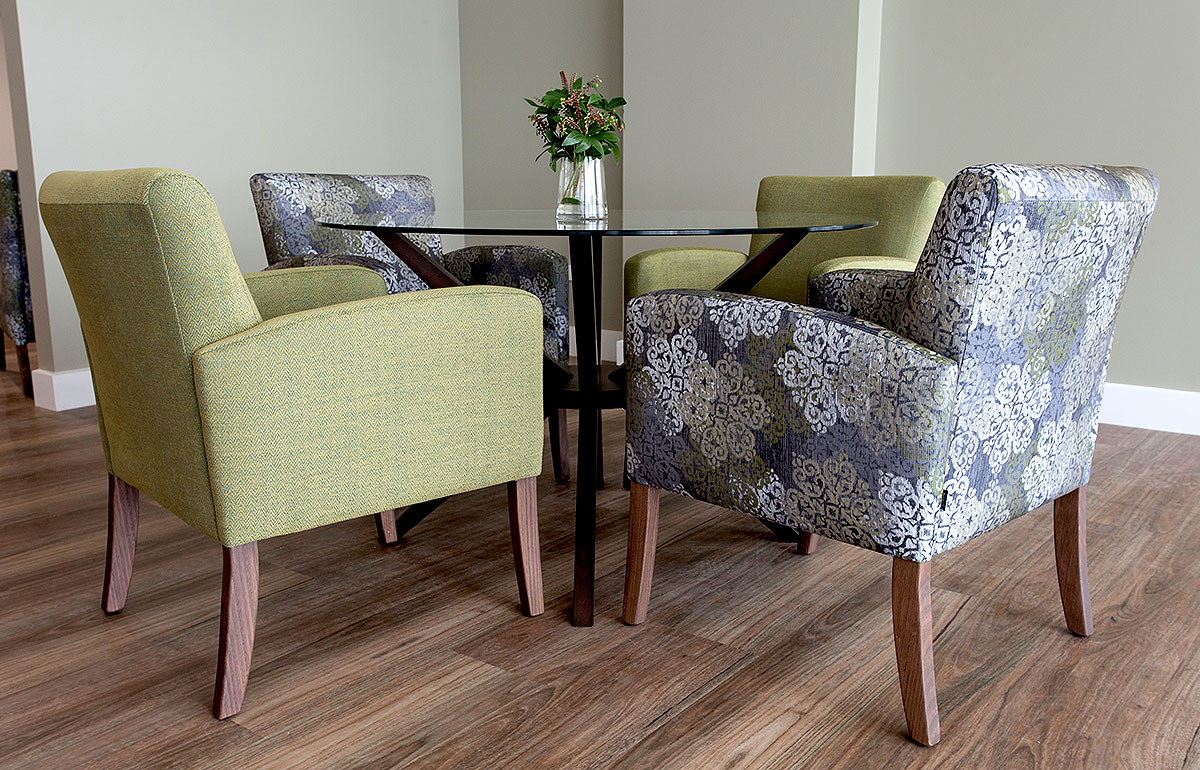
As the demand for quality aged care services continues to rise in Australia, the importance of creating comfortable and hygienic service environments for elderly residents cannot be overstated. One crucial aspect of achieving this is the selection of high-performance upholstery fabrics that not only offer comfort but also address the unique challenges faced in aged care facilities.
In this article, we unveil ten secrets of upholstery fabrics that are transforming aged care service environments across Australia.
1. Antimicrobial Fabrics
In the battle against harmful pathogens, antimicrobial fabrics stand as a formidable defense. These fabrics are specially treated to inhibit the growth of bacteria, fungi, mold, and viruses, promoting a cleaner and healthier environment for residents and staff alike. By preventing the spread of germs, antimicrobial fabrics contribute significantly to infection control measures in aged care facilities.
2. Waterproof Fabrics
Accidents happen, especially in environments where mobility may be compromised. Waterproof upholstery fabrics provide a practical solution to spills and incontinence issues commonly encountered in aged care settings. Not only do they prevent liquids from penetrating into the fabric, but they also facilitate easy cleanup, reducing the risk of stains and odors.
Waterproof fabrics have undergone a remarkable evolution over the years, moving beyond traditional materials like vinyl to offer innovative solutions that combine functionality with aesthetics. Some new high-performance alternatives to vinyl have emerged, offering superior waterproofing capabilities without sacrificing comfort or style. These fabrics use advanced technologies that encapsulate each fiber, creating a barrier against moisture, stains, and odors. Unlike vinyl, which can be stiff and uncomfortable, these alternatives are breathable, soft to the touch, and available in a wide range of colors and textures. Their durability, ease of maintenance, and eco-friendly properties make them exciting choices for various applications, including upholstery in aged care facilities, where cleanliness and comfort are paramount.
3. Disinfectable Fabrics
Maintaining cleanliness is paramount in aged care facilities to prevent the spread of infections. Disinfectable fabrics are a category of textiles designed to withstand rigorous cleaning and disinfection protocols while maintaining their integrity and performance. These fabrics are engineered with protective barriers that repel liquids and prevent the penetration of microorganisms, including bacteria, viruses, and fungi. This makes them highly resistant to stains and microbial growth, reducing the risk of cross-contamination and promoting a cleaner, healthier environment. Disinfectable fabrics can be safely cleaned and disinfected using a variety of methods, such as bleach solutions, alcohol-based cleaners, or steam cleaning, without compromising their appearance or functionality. They are commonly used in healthcare facilities, aged care facilities, hospitality settings, and other environments where hygiene is paramount.
4. PFAS-Free Fabrics
Per- and polyfluoroalkyl substances (PFAS) have raised concerns due to their potential adverse health effects and environmental persistence. Choosing PFAS-free upholstery fabrics demonstrates a commitment to sustainability and resident well-being. These fabrics offer peace of mind, knowing that harmful chemicals are not present in the environment where vulnerable individuals reside.
5. Stain Protection
Spills and stains are inevitable in any setting, but they can be particularly challenging in aged care facilities where accidents may be more frequent. Upholstery fabrics with stain protection technology form a barrier against spills, making cleanup easier and prolonging the lifespan of furniture. This feature not only maintains the aesthetic appeal of the environment but also reduces the need for frequent replacements.
6. Resistance to Odor-Causing Microbes
Odors can be a nuisance and contribute to an unpleasant atmosphere in aged care facilities. Fabrics that resist the growth of odor-causing microbes help to keep the environment fresh and inviting. By inhibiting microbial proliferation, these fabrics mitigate the development of unpleasant odors, enhancing the overall comfort and well-being of residents.
7. High Durability
Aged care furniture experiences heavy use and must withstand the rigors of daily activities. High-performance upholstery fabrics are engineered for durability, ensuring that they can withstand repeated cleaning, abrasion, and general wear and tear without compromising their performance or appearance. This longevity translates to cost savings over time and minimizes the need for frequent replacements.
8. Breathable Fabrics
Comfort is paramount for residents in aged care facilities, and breathable upholstery fabrics play a crucial role in maintaining optimal comfort levels. These fabrics allow air circulation, preventing moisture buildup and promoting a more pleasant seating experience. By facilitating ventilation, breathable fabrics help regulate temperature and reduce the risk of discomfort for residents, especially during prolonged periods of sitting.
9. Fire Retardant Fabrics
Safety is a top priority in aged care environments, where residents may have limited mobility and require assistance in emergencies. Upholstery fabrics that are fire retardant provide an added layer of protection against potential fire hazards. These fabrics are engineered to resist ignition and slow down the spread of flames, giving staff and residents valuable time to react and evacuate in the event of a fire emergency.
10. Environmentally Sustainable Fabrics
With growing awareness of environmental issues, including climate change and resource depletion, there is a rising demand for sustainable products in all industries, including aged care. Environmentally sustainable upholstery fabrics are made from eco-friendly materials and manufactured using processes that minimize environmental impact. By choosing these fabrics, aged care facilities can reduce their carbon footprint and contribute to a healthier planet while providing quality care to residents.
In conclusion, the selection of upholstery fabrics plays a critical role in shaping the environment and experience of aged care service recipients in Australia. By prioritizing high-performance fabrics with antimicrobial, waterproof, disinfectable, PFAS-free, stain-resistant, odor-resistant, and durable properties, aged care facilities can create safer, more comfortable, and hygienic living spaces for elderly residents. These fabrics represent a commitment to quality, health, and well-being, ensuring that aging Australians receive the care and comfort they deserve.
Australian Made Furniture: Designed for Longevity in Aged Care Settings
More News
10 Secrets of High-Performance Upholstery Fabrics Transforming Australian Aged Care Service Environments

As the demand for quality aged care services continues to rise in Australia, the importance of creating comfortable and hygienic service environments for elderly residents cannot be overstated. One crucial aspect of achieving this is the selection of high-performance upholstery fabrics that not only offer comfort but also address the unique challenges faced in aged care facilities.
In this article, we unveil ten secrets of upholstery fabrics that are transforming aged care service environments across Australia.
1. Antimicrobial Fabrics
In the battle against harmful pathogens, antimicrobial fabrics stand as a formidable defense. These fabrics are specially treated to inhibit the growth of bacteria, fungi, mold, and viruses, promoting a cleaner and healthier environment for residents and staff alike. By preventing the spread of germs, antimicrobial fabrics contribute significantly to infection control measures in aged care facilities.
2. Waterproof Fabrics
Accidents happen, especially in environments where mobility may be compromised. Waterproof upholstery fabrics provide a practical solution to spills and incontinence issues commonly encountered in aged care settings. Not only do they prevent liquids from penetrating into the fabric, but they also facilitate easy cleanup, reducing the risk of stains and odors.
Waterproof fabrics have undergone a remarkable evolution over the years, moving beyond traditional materials like vinyl to offer innovative solutions that combine functionality with aesthetics. Some new high-performance alternatives to vinyl have emerged, offering superior waterproofing capabilities without sacrificing comfort or style. These fabrics use advanced technologies that encapsulate each fiber, creating a barrier against moisture, stains, and odors. Unlike vinyl, which can be stiff and uncomfortable, these alternatives are breathable, soft to the touch, and available in a wide range of colors and textures. Their durability, ease of maintenance, and eco-friendly properties make them exciting choices for various applications, including upholstery in aged care facilities, where cleanliness and comfort are paramount.
3. Disinfectable Fabrics
Maintaining cleanliness is paramount in aged care facilities to prevent the spread of infections. Disinfectable fabrics are a category of textiles designed to withstand rigorous cleaning and disinfection protocols while maintaining their integrity and performance. These fabrics are engineered with protective barriers that repel liquids and prevent the penetration of microorganisms, including bacteria, viruses, and fungi. This makes them highly resistant to stains and microbial growth, reducing the risk of cross-contamination and promoting a cleaner, healthier environment. Disinfectable fabrics can be safely cleaned and disinfected using a variety of methods, such as bleach solutions, alcohol-based cleaners, or steam cleaning, without compromising their appearance or functionality. They are commonly used in healthcare facilities, aged care facilities, hospitality settings, and other environments where hygiene is paramount.
4. PFAS-Free Fabrics
Per- and polyfluoroalkyl substances (PFAS) have raised concerns due to their potential adverse health effects and environmental persistence. Choosing PFAS-free upholstery fabrics demonstrates a commitment to sustainability and resident well-being. These fabrics offer peace of mind, knowing that harmful chemicals are not present in the environment where vulnerable individuals reside.
5. Stain Protection
Spills and stains are inevitable in any setting, but they can be particularly challenging in aged care facilities where accidents may be more frequent. Upholstery fabrics with stain protection technology form a barrier against spills, making cleanup easier and prolonging the lifespan of furniture. This feature not only maintains the aesthetic appeal of the environment but also reduces the need for frequent replacements.
6. Resistance to Odor-Causing Microbes
Odors can be a nuisance and contribute to an unpleasant atmosphere in aged care facilities. Fabrics that resist the growth of odor-causing microbes help to keep the environment fresh and inviting. By inhibiting microbial proliferation, these fabrics mitigate the development of unpleasant odors, enhancing the overall comfort and well-being of residents.
7. High Durability
Aged care furniture experiences heavy use and must withstand the rigors of daily activities. High-performance upholstery fabrics are engineered for durability, ensuring that they can withstand repeated cleaning, abrasion, and general wear and tear without compromising their performance or appearance. This longevity translates to cost savings over time and minimizes the need for frequent replacements.
8. Breathable Fabrics
Comfort is paramount for residents in aged care facilities, and breathable upholstery fabrics play a crucial role in maintaining optimal comfort levels. These fabrics allow air circulation, preventing moisture buildup and promoting a more pleasant seating experience. By facilitating ventilation, breathable fabrics help regulate temperature and reduce the risk of discomfort for residents, especially during prolonged periods of sitting.
9. Fire Retardant Fabrics
Safety is a top priority in aged care environments, where residents may have limited mobility and require assistance in emergencies. Upholstery fabrics that are fire retardant provide an added layer of protection against potential fire hazards. These fabrics are engineered to resist ignition and slow down the spread of flames, giving staff and residents valuable time to react and evacuate in the event of a fire emergency.
10. Environmentally Sustainable Fabrics
With growing awareness of environmental issues, including climate change and resource depletion, there is a rising demand for sustainable products in all industries, including aged care. Environmentally sustainable upholstery fabrics are made from eco-friendly materials and manufactured using processes that minimize environmental impact. By choosing these fabrics, aged care facilities can reduce their carbon footprint and contribute to a healthier planet while providing quality care to residents.
In conclusion, the selection of upholstery fabrics plays a critical role in shaping the environment and experience of aged care service recipients in Australia. By prioritizing high-performance fabrics with antimicrobial, waterproof, disinfectable, PFAS-free, stain-resistant, odor-resistant, and durable properties, aged care facilities can create safer, more comfortable, and hygienic living spaces for elderly residents. These fabrics represent a commitment to quality, health, and well-being, ensuring that aging Australians receive the care and comfort they deserve.
Australian Made Furniture: Designed for Longevity in Aged Care Settings
Commercial furniture by room
Based in Brisbane, we’re an Australian manufacturer of aged care furniture, retirement living furniture, hospital & healthcare furniture, hotel & accommodation furniture and student accommodation furniture. We also supply a range of commercial office furniture.
Discover the FHG Look Book: Your Source of Inspiration for Quality Australian-Made Commercial Furniture
- Quality Craftsmanship: See why we’ve been a trusted partner for over 25 years.
- Local Excellence: Learn how our Brisbane team ensures the highest standards.
- Inspiration and Ideas: Find innovative furniture solutions for any environment.
Don’t miss the opportunity to transform your commercial space with FHG’s expertly crafted furniture. Download the FHG Look Book today and start your journey towards exceptional design and quality.


